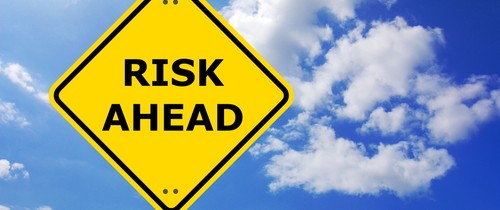Where in the world is your supply chain most vulnerable?
When the Fukushima disaster rocked Japan in 2011, it created a serious disruption to the global supply chains of electronics, automobile and other major industries. Where should you focus your risk management efforts to avoid this kind of disruption?
The recently released 2015 FM Global Resilience Index ranks the supply chain resilience of 130 countries and territories around the world. The index aggregates nine drivers of resilience into three factors—economic, risk quality and the supply chain itself.
The report aids in determining risk and opportunities in the supply chain in four key areas:
1. Selecting suppliers based on the supply chain risk/resilience of the countries in which they are located
2. Deciding where to locate facilities
3. Evaluating the resilience of the countries hosting existing facilities
4. Assessing the supply chain resilience of countries where customers’ facilities are based
Key Findings
Norway, ranked 1, and Switzerland, ranked 2, hold the top places in the index. Norway achieves this with consistently high scores across the three core factors of resilience: economic, risk quality and the supply chain itself. Norway’s high score for risk quality depends strongly on minimal natural hazard exposure.
Switzerland scores highly on economic and supply chain factors (where the country leads). In particular, Switzerland scores best in the world for anextensive and efficient infrastructure.
Qatar, ranked 7, and Finland, ranked 9, are new to the top 10 this year. Qatar benefits from macroeconomic stability, efficient goods and labor markets, and a high degree of security. The country owes its jump in position to a considerable improvement in commitment to fire risk management in the region.
Finland’s strengths spring from its innovative capabilities which are the fruit of high public and private investment in research and development, strong links between academe and private sector companies, and an excellent record in education and training.
Most countries ranking in the bottom 10 score poorly on economic factors. Venezuela, ranked 130, placing it last in the 2015 index, is the victim of a challenging mix of an unstable macroeconomic environment, high inflation and public debt, and malfunctioning markets. Beyond economic factors, the country scores poorly in terms of risk quality and supply chain factors.
The index also identifies countries working hard to make themselves more attractive supply chain partners. Taiwan, ranked 37, has jumped 52 places this year, more than any other country. Its rise is due mainly to a substantial improvement in the country’s commitment to risk management, as it relates both to natural hazard risk and fire risk.
Ukraine, ranked 107, and Kazakhstan, ranked 102, both fell 31 places this year, more than any other country. For Ukraine, this is due directly to the deteriorating political risk situation in the east of the country. For Kazakhstan, the cause relates to a poorer commitment to natural hazard risk management in the region than last year.
Thailand, ranked 82, has dropped 20 places this year due to supply chain factors—in particular, a poorer perception of both the quality of its overall infrastructure and the quality of its local suppliers.
The index also uncovers unexpected ranks for some major economies with active supply chains. The Republic of Korea, for example, often deemed one of the most dynamic ‘Asian Tigers,’ is ranked 70, hindered significantly by its exposure to natural hazards, and by its relatively low ability to respond effectively to them.
By balancing supply chain needs with supply chain risk on an enterprisewide, global level, companies in any industry can ensure that their business is resilient enough to withstand the inevitable threats to their supply chain and, by extension, enhance their competitive advantage in the marketplace.





